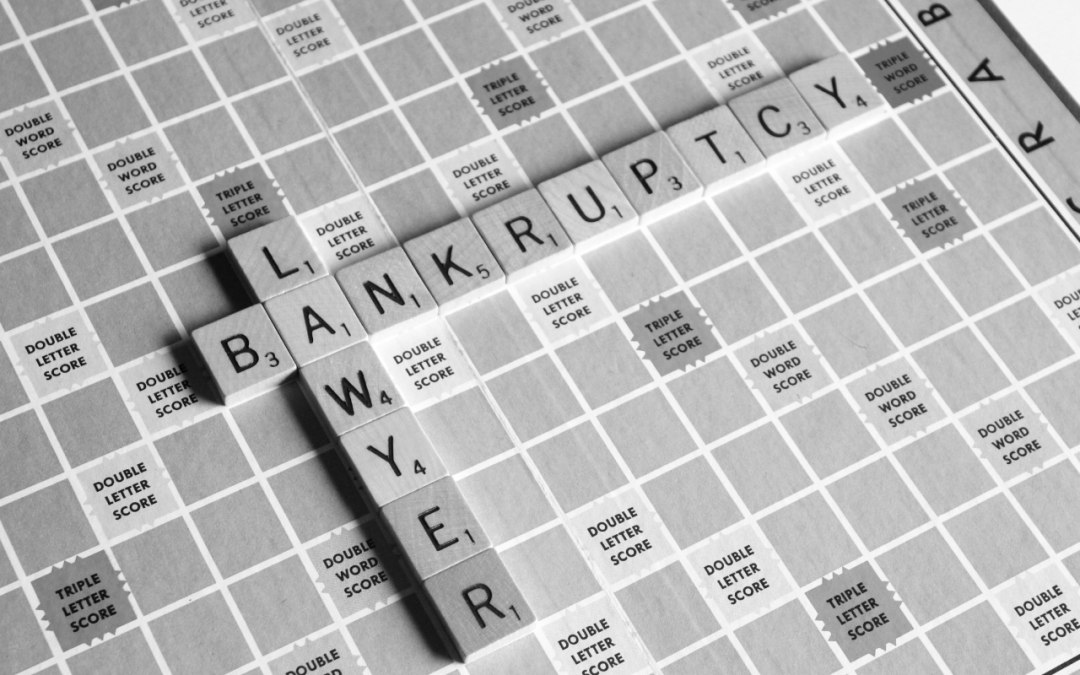Amendments to Bankruptcy Filings in South Dakota

Filing for bankruptcy can be a daunting proposition. There are several things to remember and account for, which can be overwhelming for many. This is one of the main reasons why it’s recommended anyone filing for bankruptcy in South Dakota contact an attorney who specializes in bankruptcy. There is no substitute for the breadth of knowledge and experience gained from having a South Dakota bankruptcy lawyer on your side.
In addition to hiring a qualified bankruptcy attorney, understanding amendments can be helpful. Having a basic knowledge of amendments can alleviate some of the concerns related to how much information is required to effectively file for bankruptcy. While courts do follow strict rules, they are not entirely unyielding. This includes the bankruptcy courts of South Dakota. There is, of course, an understanding of human error. Plus, an understanding that circumstances change, and additional information is needed. That is where amendments come into play.
Amending a Bankruptcy Petition in Accordance with South Dakota Rules
Bankruptcy begins with a petition. A petition is a legal document which includes important information like a debtor’s name and social security number. Whether they own a business operating as a sole proprietorship is included as well. A petition also includes a number of “schedules.” These are additional documents itemizing relevant information, such as real property, personal property and creditors.
If there is an error or omission in a petition, the filer must correct it by first filing an amended petition. This requires using the appropriate official form and checking “amended filing” on the top right of the page. They must also file a Notice of Amendment. This notes the changes in the amended petition (see
Rule 1009-1). As with most other documents, the notice of amendment must be served on parties in interest and creditors accordingly.
Amending a List, Schedule, or Statement (Other Than Mailing List of Creditors)
Lists, schedules and statements are an integral part of filing for bankruptcy. They inform the court and parties in interest about debts, assets and other necessary information. These documents, like any other, may have errors or need to be updated post-filing.
Like amending a bankruptcy petition, amending a list, schedule or statement requires refiling the document using the appropriate official form and checking “amended filing.” If that checkbox is not present, the document shall be labeled “AMENDED” in the title. However, in addition, and unlike with a petition:
“If the official form for the list, schedule, or statement to be amended does not include a signature page, the debtor shall include, as the last page of the amended list, schedule, or statement, a fully completed Declaration About an Individual Debtor’s Schedules (Official Form 106Dec) or a fully completed Declaration Under Penalty of Perjury for Non- Individual Debtors (Official Form 202).” Rule 1009-2.
When amending lists, schedules or statements, you must also service notice of the amendment on parties in interest.
Why Does South Dakota Bankruptcy Rule 1009-2 Exclude Mailing Lists of Creditors?
There is a separate rule pertaining to amending a mailing list of creditors. Like the other two rules highlighted above, Rule 1009-4 lays out a few steps for amendment. However, the court found it pertinent to note that a debtor does not need to amend both the mailing list of creditors and a schedule.
When it comes to a mailing list of creditors, South Dakota bankruptcy rules specifically carved out an exception, which seems to be more functional. The court provides that a debtor does not need to amend both a mailing list of creditors and a schedule. Instead, simply filing an amended schedule will do and the clerk will update the mailing list after receipt of the amended schedule.
While this article is intended to simplify common questions about the South Dakota bankruptcy process and amendments to filings therein, bankruptcy has
serious legal and financial consequences. There is no substitute for a conversation with an expert. Please
contact us today at Thomas A Blake Law to learn more and let us understand your specific circumstances. We can help you navigate the bankruptcy process and all it entails.

Phone: 605-336-1216
Email: legaladvice@tblakelaw.com
Address: 505 W 9th St Suite 202, Pettigrew Professional Building Sioux Falls, SD 57104
Hours: Monday – Friday 8:00am – 5:00pm











